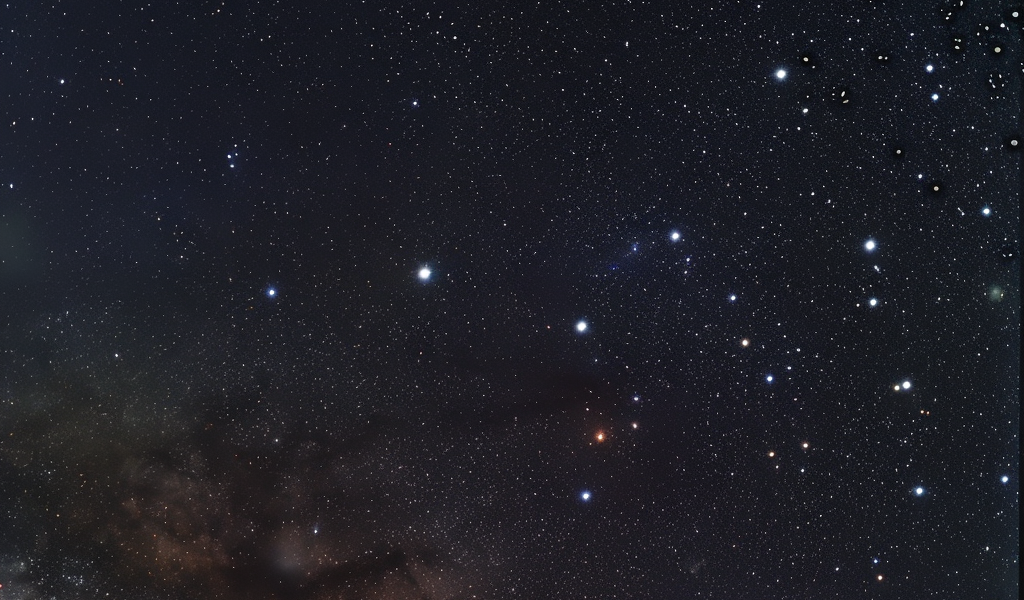The night sky is always an enchanting sight, and this week is no exception. From the bright Sirius to the unique Beehive Star Cluster, there are plenty of celestial wonders to behold.
On Friday, March 8, the equilateral Winter Triangle, consisting of Sirius, Betelgeuse, and Procyon, is a stunning sight as it teeters in balance in the early evening. Sirius, the bottom star of the triangle, stands due south on the meridian, marking the beginning of a captivating celestial display.
As we move into Saturday, March 9, the overwhelming brightness of Sirius, the star of Canis Major, becomes apparent. In a dark sky, the constellation’s stick figure is visible, resembling a prancing dog. However, light pollution often obscures this view, revealing only the five brightest stars, forming the unmistakable Meat Cleaver.
Meanwhile, Algol, a binary star system in the constellation Perseus, shines at its minimum brightness, creating a captivating celestial event. This phenomenon is a must-see for astronomy enthusiasts.
Daylight saving time begins on Sunday, March 10, marking a transition in timekeeping for most of North America. As the clocks spring ahead, the night sky offers a glimpse of the dim constellation Cancer, housing the unique Beehive Star Cluster, M44. Even under light pollution, this cluster is visible with binoculars, adding to the celestial spectacle.
On Monday, March 11, the Gemini twins, Pollux and Castor, pass nearly overhead, offering a fascinating view for observers in the world’s mid-northern latitudes. Despite their shared designation as twins, Pollux and Castor exhibit distinct differences, with Pollux being visibly brighter and of a different color.
As the week progresses, the night sky continues to offer an array of celestial marvels, inviting enthusiasts and stargazers to indulge in the captivating beauty of the cosmos.





